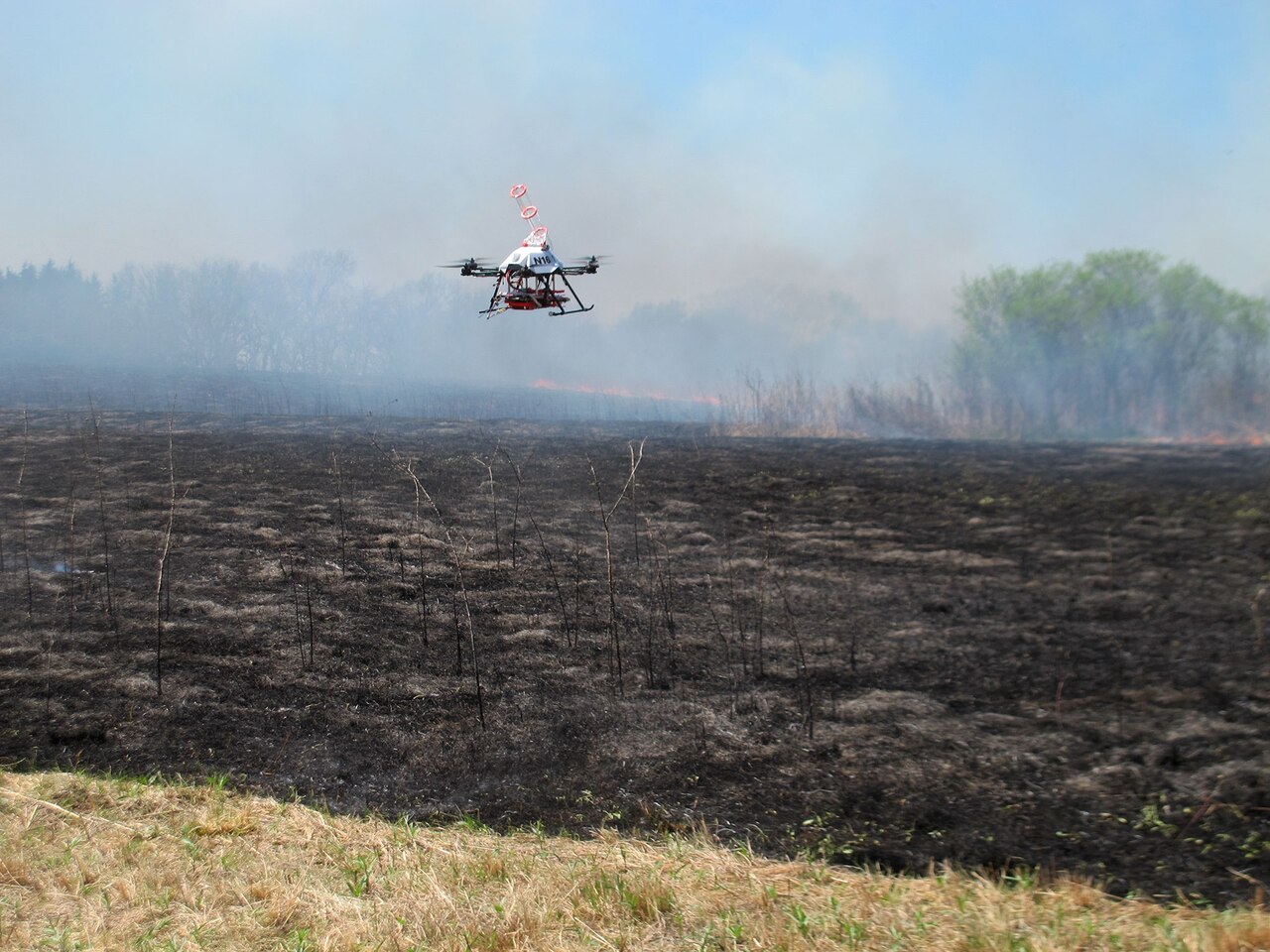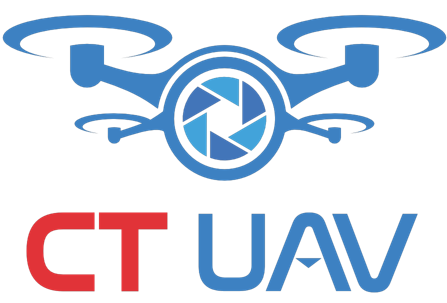Reviving Degraded Grasslands
Dirac Twidwell, an ecologist at the University of Nebraska, has pioneered a new ignition system aimed at restoring degraded grasslands. He argues that more extreme fire conditions are necessary to eliminate deeply rooted shrubs and encourage the growth of grass. The system involves the use of plastic spheres, roughly the size of ping-pong balls, which are deployed by UAVs to help control the ignition of flames and clear the landscape effectively.
Traditional Wildfire Control Practices
Historically, controlled burns have been conducted periodically to prevent the encroachment of shrubs. However, current controlled burns often exhibit low intensity, which diminishes their effectiveness in restoring grasslands. Twidwell maintains that stronger fires must be applied to halt the advancement of woody plants.
He has tested extreme fire conditions in Texas and Nebraska, discovering that these intense burns can quickly restore devastated areas without leaving behind erosion scars.

From a Joke to a Life-Saving Technology
The idea of using UAVs began as a joke between Twidwell and Craig Allen, a researcher with the U.S. Geological Survey. They later developed this concept into a mini-UAV system capable of managing fires in both forests and grasslands.
These incendiary spheres are referred to as “Dragon’s Eggs” because they undergo a transformation when injected with chemicals. “After the injection, it takes about a minute before they ignite. As they heat up, you can see them start to glow from within,” Twidwell explains.
A New Tool in Wildfire Management
The U.S. Forest Service has begun applying UAV technology for monitoring and managing wildfires. Richard Bahr, a senior official in the agency’s fire management office, described Twidwell’s UAV testing and the “Dragon’s Egg” ignition system as a “valuable learning experience,” particularly effective in smaller burns or grassland areas.
“This is a useful tool that opens up new opportunities in wildfire management,” he stated. However, for larger-scale applications, a helicopter may be the more suitable option.
